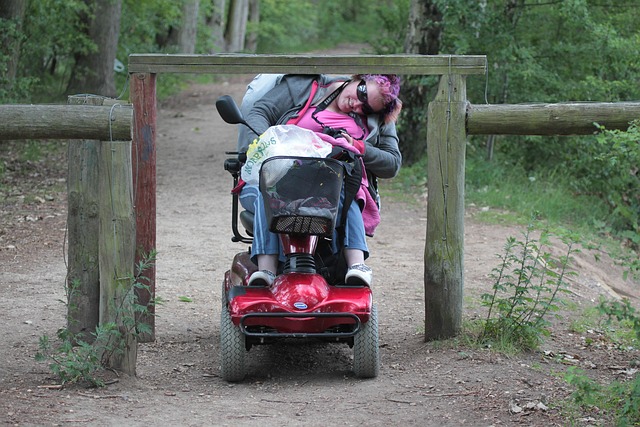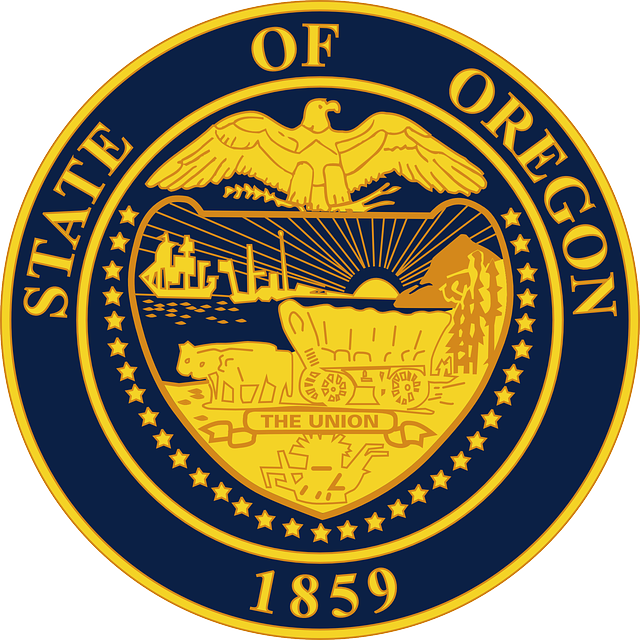Eugene, Oregon, stands out as a leader in accessible transportation, prioritizing inclusivity for all citizens and visitors. Through diverse options like low-floor buses, audible announcements, and specialized paratransit programs, the city ensures everyone can navigate effortlessly. Key initiatives like the "Accessible Transit Program" and "Complete Streets" further enhance accessibility. While improvements are needed, Eugene's commitment to integrating various transport modes, data-driven decisions, and community engagement positions it as a national model for accessible transportation, fostering an inclusive urban center.
Eugene, Oregon, is committed to creating an inclusive and accessible transport system. With a growing diverse community, ensuring mobility for all is essential. This article explores the current efforts to enhance accessible transportation in Eugene, from understanding the unique needs of residents with disabilities to implementing innovative programs.
We’ll delve into the challenges faced and the potential for future policy developments while highlighting the power of community collaboration in shaping a more inclusive transport landscape in Eugene Oregon.
- Understanding the Need for Accessible Transportation in Eugene, Oregon
- Current Initiatives and Programs to Enhance Accessibility
- Challenges and Future Directions for a Comprehensive Transport Policy
- Community Engagement and Collaboration: Key to Success
Understanding the Need for Accessible Transportation in Eugene, Oregon

In the vibrant city of Eugene, Oregon, understanding the need for accessible transportation goes beyond mere compliance; it’s a vital component of fostering an inclusive community. With a diverse population, including individuals with disabilities, elderly residents, and visitors with special needs, ensuring everyone can navigate the city seamlessly is essential. Accessible transportation options not only promote independence but also enhance quality of life, allowing these individuals to participate fully in community activities, access essential services, and enjoy the city’s vibrant culture.
Eugene Oregon’s commitment to accessible transportation stems from a recognition that mobility is a fundamental right. By implementing policies and providing diverse transport options—from bus services with low-floor entry and audible announcements to specialized paratransit programs—the city aims to break down barriers and create a more welcoming environment for all its residents and visitors. These efforts not only reflect the city’s dedication to accessibility but also contribute to Eugene’s reputation as a progressive, inclusive urban center.
Current Initiatives and Programs to Enhance Accessibility

In recent years, Eugene, Oregon has been actively working on enhancing its accessible transportation system to cater to the needs of all citizens, including those with disabilities. The city has launched several initiatives aimed at improving accessibility across various modes of transport. One notable program is the “Accessible Transit Program” which focuses on making public buses and light rail services more inclusive. This includes introducing low-floor buses that facilitate easy access for wheelchair users and installing audio and visual announcements to aid visually impaired passengers.
Additionally, Eugene has implemented a network of accessible pedestrian routes, ensuring that people with mobility challenges can navigate the city safely and independently. The “Complete Streets” program is another key initiative, encouraging infrastructure design that accommodates all users, regardless of age or ability. These efforts demonstrate the city’s commitment to creating an inclusive transportation ecosystem in Eugene, Oregon, enhancing the quality of life for its residents with disabilities.
Challenges and Future Directions for a Comprehensive Transport Policy

Eugene, Oregon’s commitment to accessible transportation is commendable, but there are still challenges that must be addressed for a truly comprehensive policy. One key area is improving public transit accessibility, ensuring that all residents can easily access and utilize buses and other mass transit options. This involves both physical modifications to existing infrastructure to accommodate wheelchairs and mobility aids, as well as technological advancements like real-time tracking and accessible mobile apps.
Looking ahead, the future of accessible transport in Eugene Oregon lies in integrating various modes—bicycling, pedestrian access, public transit, and ride-sharing—to create a seamless network that caters to diverse needs. Data-driven decision-making, incorporating feedback from the disability community, and fostering partnerships between local government, transportation providers, and advocacy groups will be crucial in achieving this goal. By leveraging innovative solutions and embracing inclusivity, Eugene can become a national model for accessible transportation.
Community Engagement and Collaboration: Key to Success

Community engagement is a cornerstone of successful accessible transportation policy in Eugene, Oregon. By actively involving residents, local organizations, and businesses, the city ensures that its transport initiatives meet the diverse needs of all its citizens. This collaborative approach fosters a deeper understanding of accessibility challenges and opportunities within the community. Public hearings, focus groups, and online consultations allow for open dialogue, where stakeholders can share insights, offer suggestions, and provide feedback on proposed changes.
Such engagement is particularly vital when implementing policies related to accessible transportation, as it helps tailor solutions to the unique character of Eugene’s neighborhoods. Collaboration ensures that new initiatives are not only inclusive but also practical and sustainable. By embracing community input, Eugene can create a more seamless and equitable transport network, enhancing accessibility for people with disabilities, seniors, and others who require specialized services, ultimately improving quality of life for all residents in accessible transportation Eugene Oregon.
